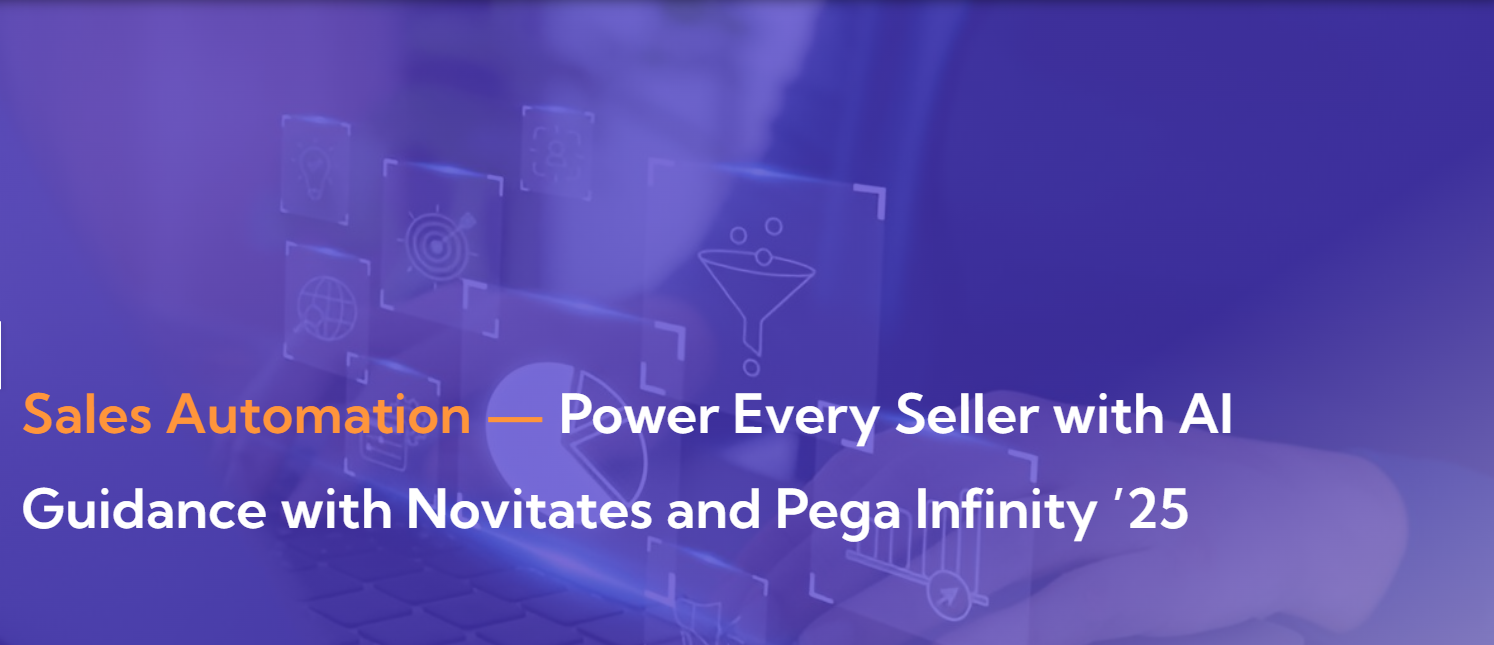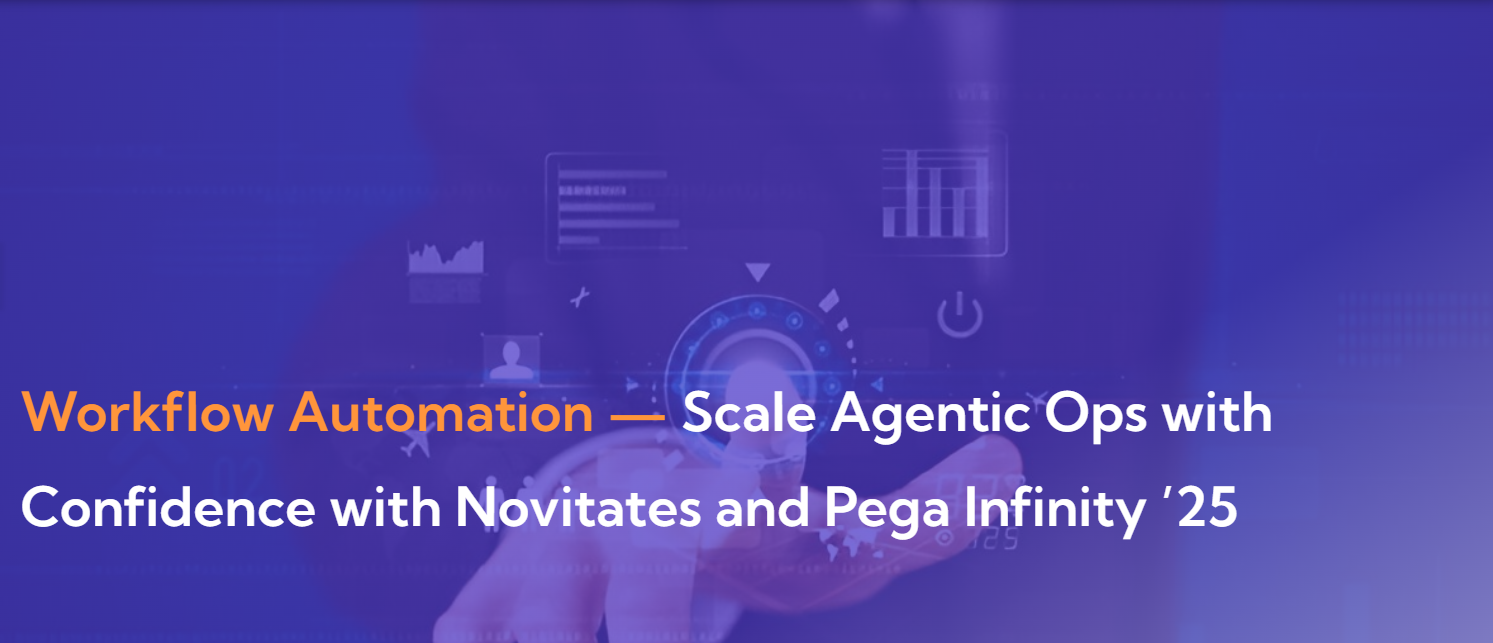Cyberattacks are evolving at an unprecedented pace, becoming more targeted, stealthy, and relentless. Traditional reactive security models that rely on known signatures and post breach remediation are no longer enough.
Enter AI driven cybersecurity, which is transforming how organizations protect their digital ecosystems by shifting from reactive defense to proactive prevention. By predicting threats before they strike, automating real time responses, and adapting to new attack patterns, AI is redefining what cyber resilience looks like.
Understanding AI in Cybersecurity
AI-powered cybersecurity systems utilize machine learning algorithms to analyze vast amounts of data, detect patterns, and predict potential threats. By constantly learning from new data, AI can identify suspicious behavior and flag anomalies that traditional methods might miss. AI systems can also automate routine security tasks like patch management and threat hunting, allowing security teams to focus on more strategic efforts.
The Shift: Why Proactive Security Is Essential
AI powered cybersecurity solutions use machine learning, behavioral analytics, and automation to anticipate and mitigate risks early.
Instead of waiting for an attack to happen, these systems analyze vast data streams, spot subtle anomalies, and respond instantly, giving security teams the upper hand.
Key proactive capabilities include:
- Threat Detection and Prevention: Continuous scanning of networks and endpoints to uncover vulnerabilities before exploitation
- Behavioral Analytics: Establishing baselines for normal user and system behavior to detect deviations that may signal an attack
- Automated Incident Response: Isolating compromised devices, applying patches, and neutralizing threats within seconds not hours
This automation frees analysts from repetitive tasks like patching and log review, allowing them to focus on strategic threat intelligence and long term risk reduction.
Market Momentum and Future Outlook
The AI powered cybersecurity market is projected to grow from $16.5 billion in 2023 to over $133.8 billion by 2032.
This surge reflects the growing need to outpace cybercriminals and ensure operational continuity. AI’s ability to detect zero day exploits, ransomware, and phishing attacks in real time has made it a cornerstone of proactive defense strategies.
Driving this momentum are:
- Rising Attack Sophistication: From advanced persistent threats (APTs) to deepfake driven social engineering
- Exploding Data Volumes: AI can analyze petabytes of data for hidden risk signals that humans might miss
- Real Time Threat Mitigation: Rapid automated containment dramatically reduces dwell time and impact
Industry Specific Use Cases
- Financial Services: AI proactively monitors transactions, flags suspicious behavior, and prevents fraud before it happens
- Healthcare: AI protects sensitive patient data by detecting unauthorized access attempts in real time
- Manufacturing: AI secures industrial IoT environments, preventing disruptions to critical production systems
What the Future Holds
AI is paving the way for self healing predictive security ecosystems that can:
- Automatically detect and remediate vulnerabilities
- Use blockchain integration to preserve data integrity
- Evolve toward quantum resistant security models
As these innovations mature, cybersecurity will fully shift from damage control to proactive digital risk management and give organizations the ability to stay ahead of even the most advanced cyber threats.
Sources:
- McAfee AI Cybersecurity Report: https://www.mcafee.com/blogs/enterprise/mcafee-ai-cybersecurity
- IBM Security Research: https://www.ibm.com/security/artificial-intelligence




